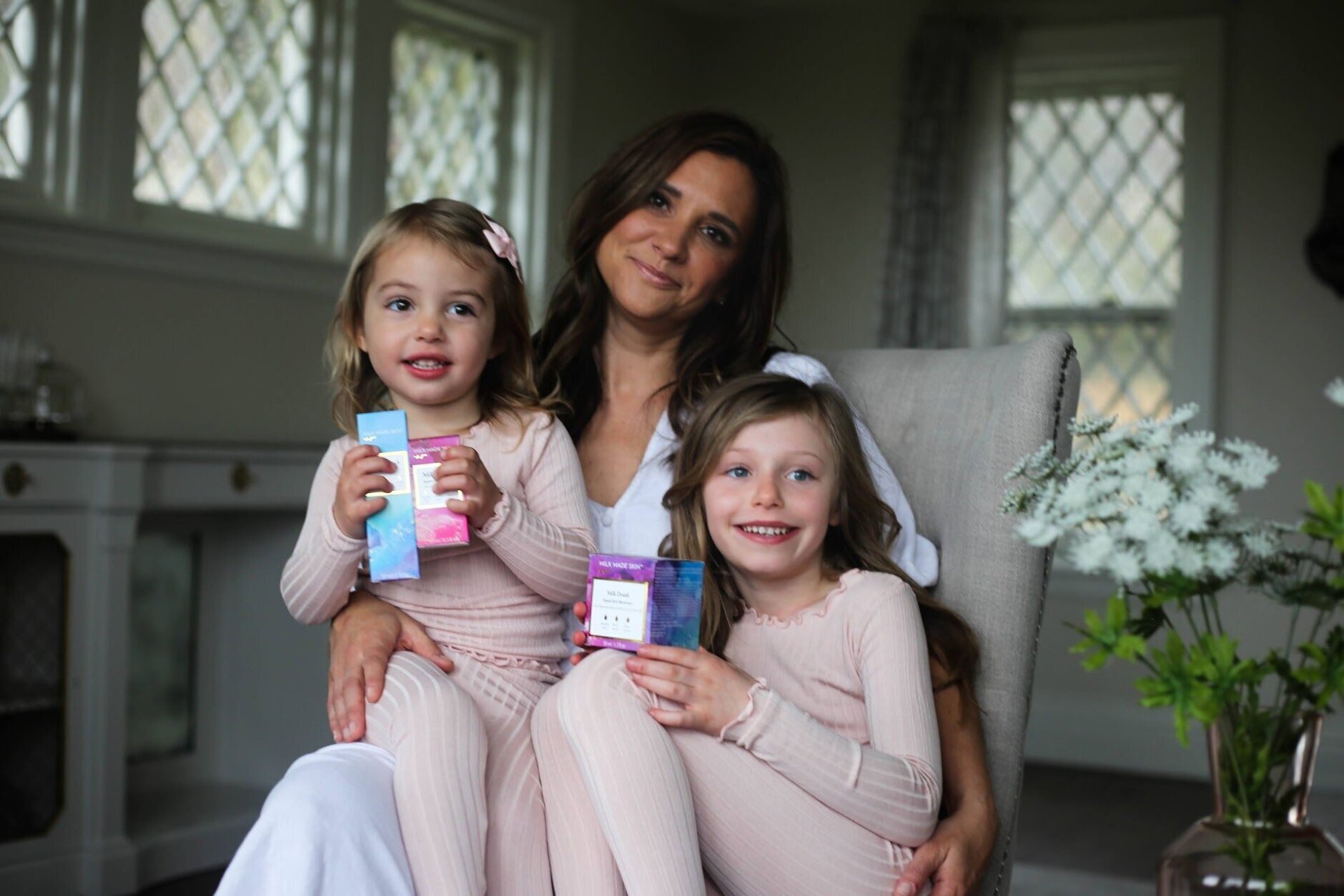
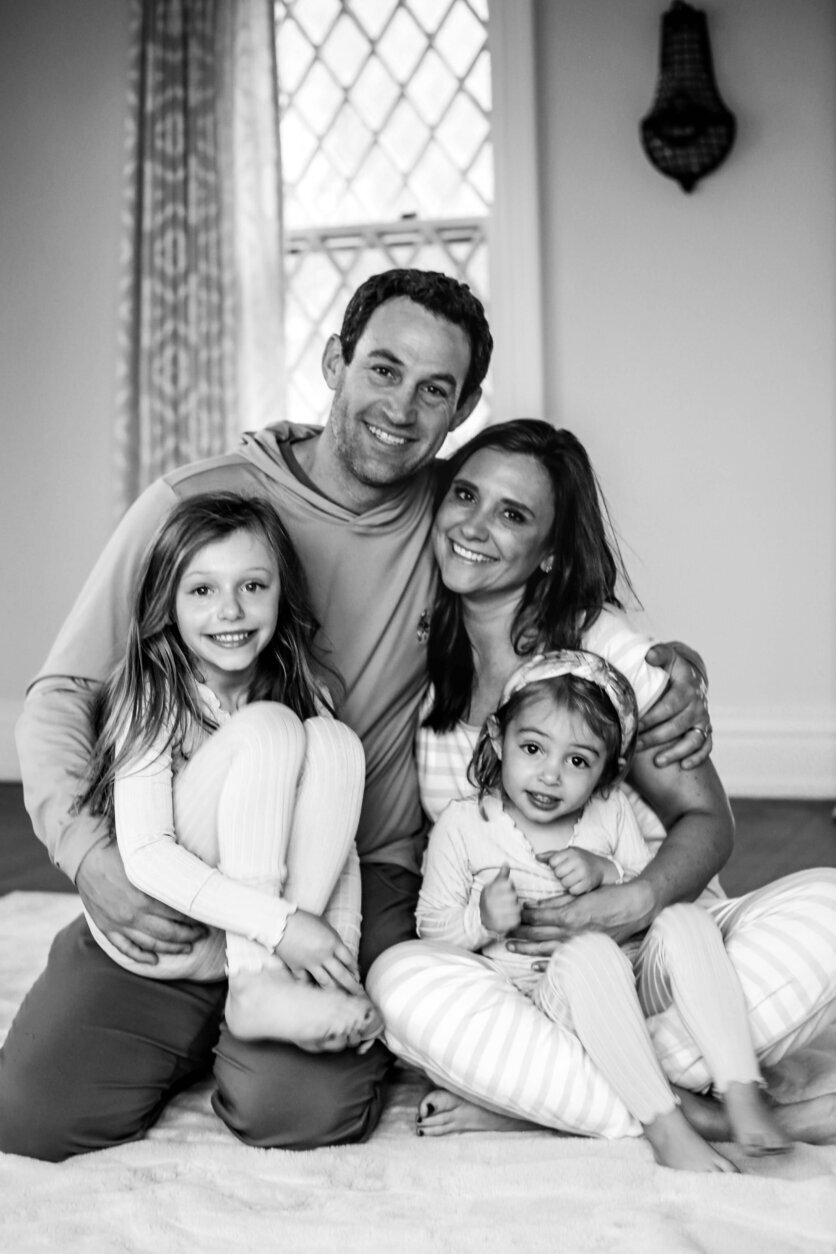
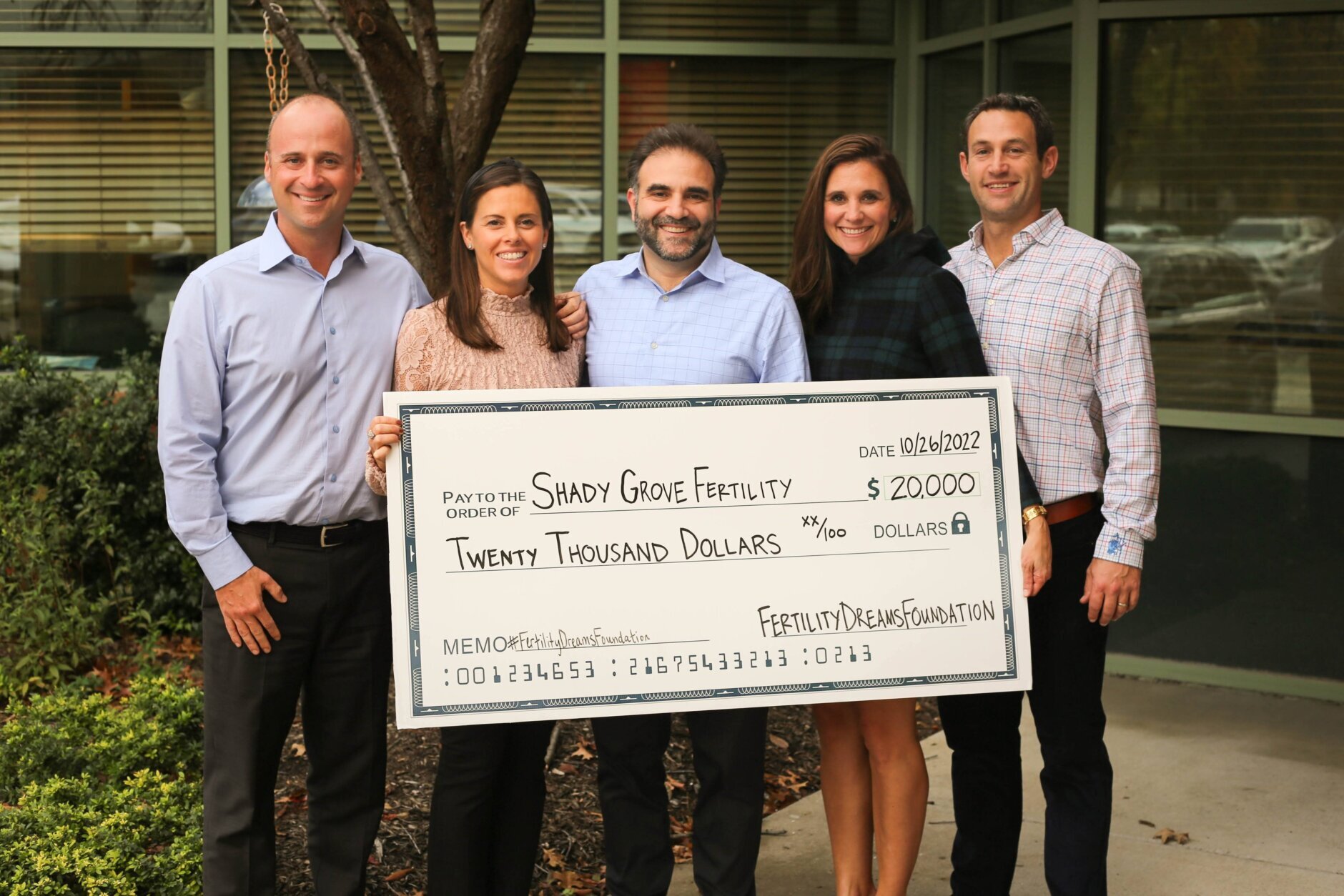
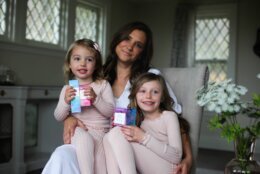

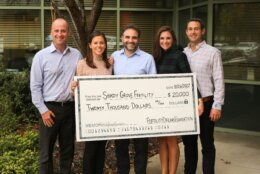
For more than eight years, Sarah Shafer tried to get pregnant. She spent thousands of dollars and priceless time undergoing nearly 20 intrauterine insemination (IUI) attempts.
When nothing worked, Shafer switched fertility specialists. And her new doctor gave her some insight.
“Our doctor looked right at me, and he said, ‘Do you know the definition of insanity?'” she said. “He said, ‘Sarah, you need to do IVF. For you to have done that many (IUI attempts) is absolutely insane.’ It was the epiphany I needed.”
Shortly after, her daughter Evie came along. Three years later, Shafer and her husband, Zach, welcomed Libby.
“I just needed a little bit of help getting my body moving in the right direction,” she said. “Just knowing what your options are is so incredibly important.”
Fertility specialists say that’s the first step in the family-building process: knowing the options.
The most common are IUIs and in vitro fertilization, commonly called IVF, said Dr. Kate Devine, the medical director and chief research officer for US Fertility and a practicing reproductive endocrinologist at Shady Grove Fertility.
“A lot of patients think that if they’re being referred to a fertility specialist, then they’re going straight to IVF, and it’s not the only option,” said Devine. “So, I would encourage patients who are trying to build their families to not be afraid to see a fertility doctor early in the process.”
IUI involves doctors injecting a washed sperm specimen directly into a patient’s uterus. It’s a low-tech, less expensive option that improves the probability of pregnancy each month, Devine told WTOP.
“Think of it as an Uber ride for sperm,” she said. “Sperm aren’t super smart, and the closer we get them to the target, which is the egg, the more of them will get there.”
Then there is IVF, which requires the egg to be fertilized outside of the patient’s body. Doctors either inject the sperm directly inside the egg or place the egg and sperm in a dish and allow them to merge.
IVF is a high-tech alternative that can cost north of $17,000 for a single fertilization cycle, according to Shady Grove Fertility.
It’s a daunting price tag for many patients.
However, researchers at Shady Grove say about 70% of patients have some insurance coverage for fertility treatments, and 90 percent have coverage for the initial consultation.
But after that, much of it can be spent out of pocket.
Shafer, 44, said it was a price she was willing to pay.
She has since started a foundation called Fertility Dreams to help other couples struggling with infertility shoulder the costs. Her foundation recently raised more than $30,000 to help a family with a full IVF round. The donation led to the family welcoming a baby in December.
“It’s incredible,” Shafer said. “We’re raising awareness. The more we can get people involved and talking about it and knowing that they’re not alone. A lot of people need help getting into the door.”
Get breaking news and daily headlines delivered to your email inbox by signing up here.
© 2024 WTOP. All Rights Reserved. This website is not intended for users located within the European Economic Area.








